Rubber prices on July 30 continued to fall on the international market due to pressure from a stronger yen, weak demand in China and caution ahead of major trade negotiations. Domestically, some businesses adjusted rubber prices.
World rubber price
In the world market, rubber futures prices fell slightly on major exchanges in the sessions of July 29 and 30. On the Shanghai Futures Exchange (SHFE), the August contract fell 2.4% on July 29 to 14,940 yuan/ton, and continued to fall another 0.6% in the morning session on July 30 to 15,315 yuan/ton. On the Osaka Exchange (OSE), rubber prices fell 3.6% on July 29 to 319.9 yen/kg, then continued to fall slightly 0.8% in the morning session this morning, reaching 332 yen/kg. In Thailand, the August futures contract remained unchanged at 73.37 baht/kg.
The decline was attributed to a stronger yen, which hit 148.22 per dollar, making yen-denominated commodities more expensive for overseas investors. A prolonged price war in China’s auto industry also weighed on demand for rubber. A Reuters analysis warned that Chinese automakers’ inflated sales figures could distort real demand, exacerbating the oversupply of rubber.
On the Singapore Exchange (SICOM), the August contract also recorded a decrease of 1.1%, to 168.5 US cents/kg.

In Europe, the German rubber industry remains in dire straits. Despite a slight increase in orders in the first half of the year, domestic demand is expected to decline by 1% in 2025. Energy costs, labor costs, and complex administrative systems continue to be major barriers, forcing many companies to move production abroad to maintain efficiency.
Although China’s tire exports in the first half of 2025 recorded a good growth, with nearly 3.5 billion units exported (up 5.5% year-on-year), this was not enough to reverse the downward trend in the raw material market. In contrast, the European automotive market – a major tire consuming region – suffered a sharp decline, with June sales down 7.3%.
In general, global rubber prices are under double pressure from financial factors and weak demand in the automobile industry, while the Vietnamese domestic market partly benefits from good control of supply and flexible adjustments from businesses.
Domestic rubber price
In the domestic market, rubber latex prices remained stable or slightly increased at some large enterprises. From July 25, Phu Rieng Company increased the purchase price of mixed latex to 385 VND/DRC and water latex to 415 VND/TSC, an increase of 15 VND compared to the previous period. At Binh Long Rubber Company, from July 29, the purchase price at the factory reached 409 VND/TSC/kg, at the production team it was 399 VND/TSC/kg; mixed latex (DRC 60%) was priced at 14,000 VND/kg.
MangYang Company slightly increased the purchase price, with liquid latex fluctuating at 392 - 396 VND/TSC depending on the type, mixed coagulated latex at 352 - 401 VND/DRC. Meanwhile, Ba Ria Rubber Company kept the price stable: liquid latex at 385 VND/TSC/kg (applied to TSC from 25 to under 30), DRC coagulated latex (35-44%) at 12,300 VND/kg, raw latex from 15,300 - 16,500 VND/kg.
By the morning of July 30, some businesses continued to maintain the old price level. Phu Rieng purchased mixed latex at 370 VND/DRC, and water latex at 400 VND/TSC. MangYang kept the price of water latex at around 389 - 393 VND/TSC, and mixed latex at 340 - 388 VND/DRC. Binh Long still maintained the price of 386 - 396 VND/TSC for water latex and 14,000 VND/kg for 60% DRC mixed latex.
Source: https://baolamdong.vn/gia-cao-su-hom-nay-30-7-thi-truong-quoc-te-tiep-tuc-giam-nhe-384356.html


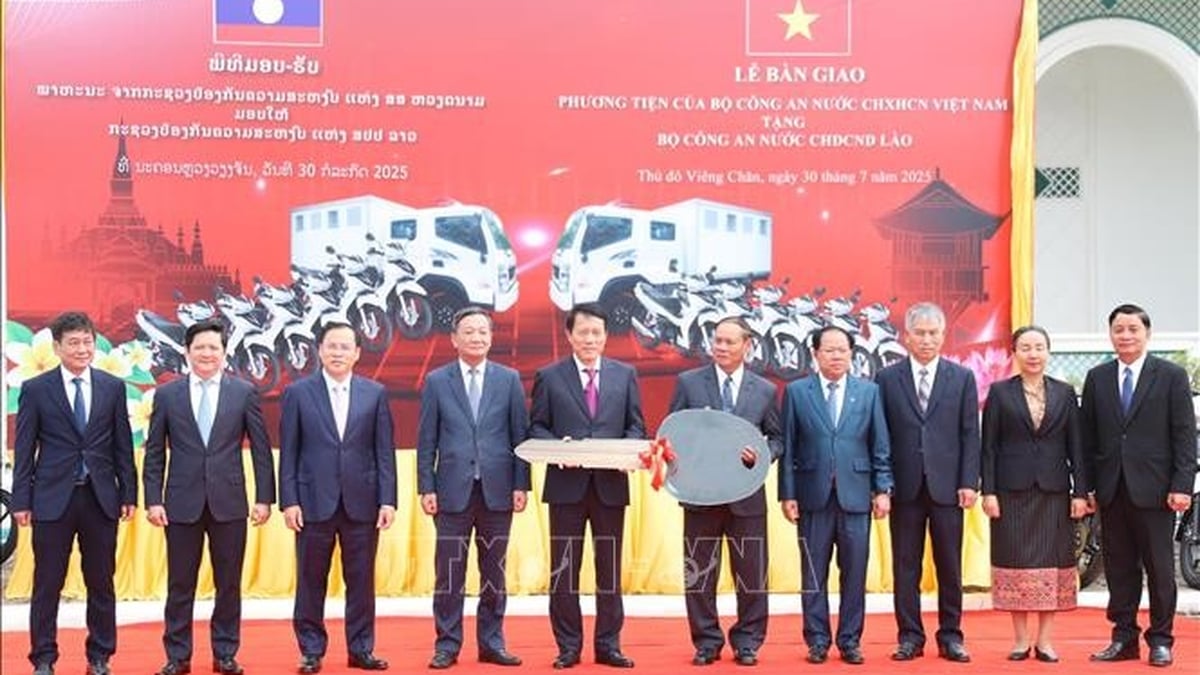




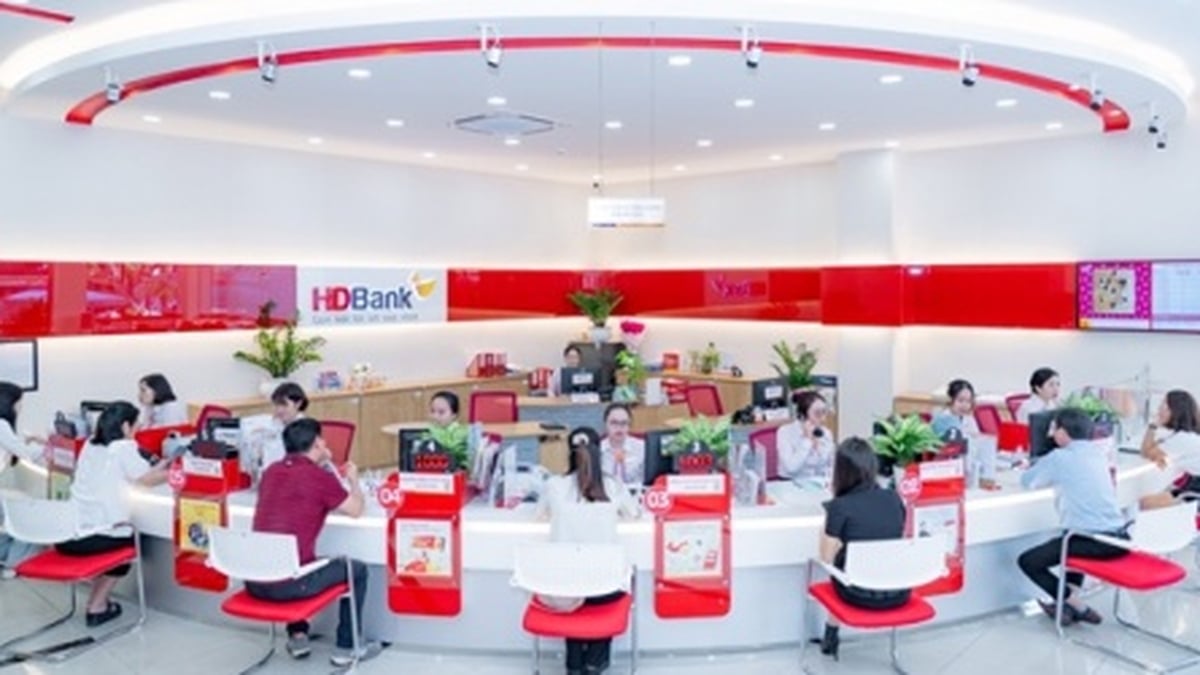
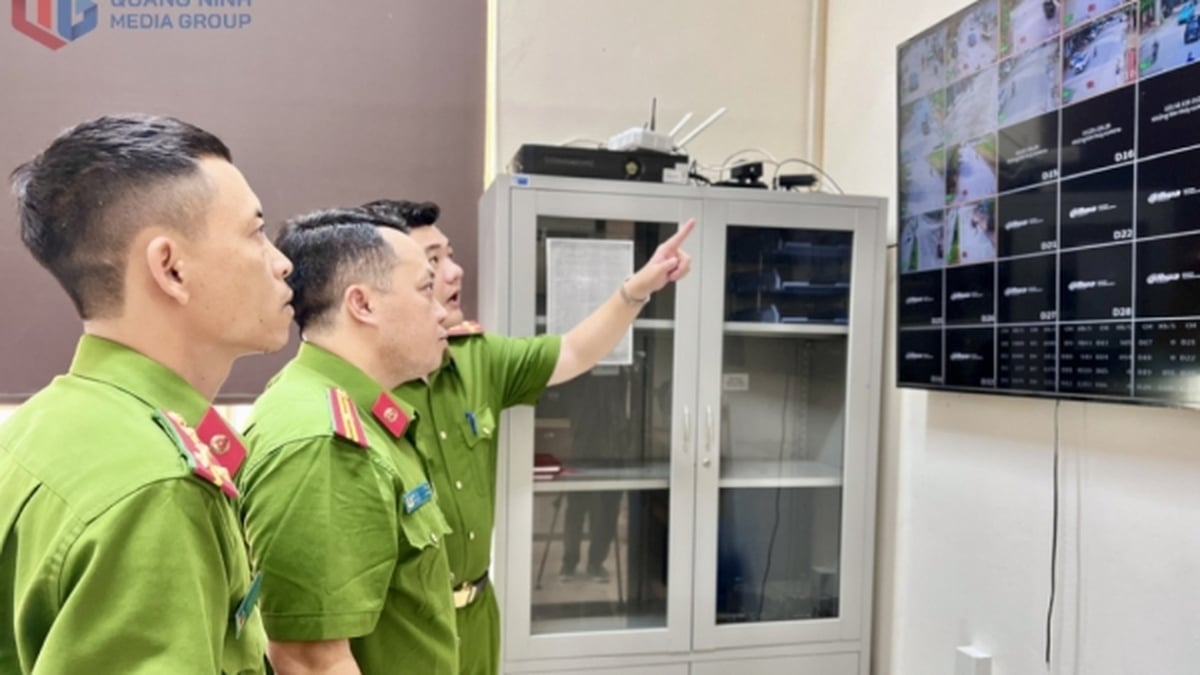














































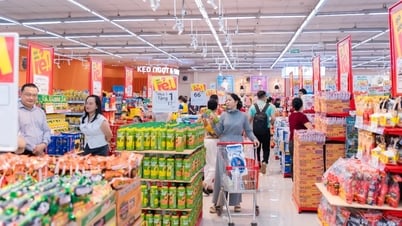
![[VIDEO] 5 years a term – Testing the power of political belief.](https://vphoto.vietnam.vn/thumb/402x226/vietnam/resource/IMAGE/2025/7/31/80f3cf00b5224fcc8eb4f07754be2233)



![[Maritime News] Container shipping faces overcapacity that will last until 2028](https://vphoto.vietnam.vn/thumb/402x226/vietnam/resource/IMAGE/2025/7/30/6d35cbc6b0f643fd97f8aa2e9bc87aea)



































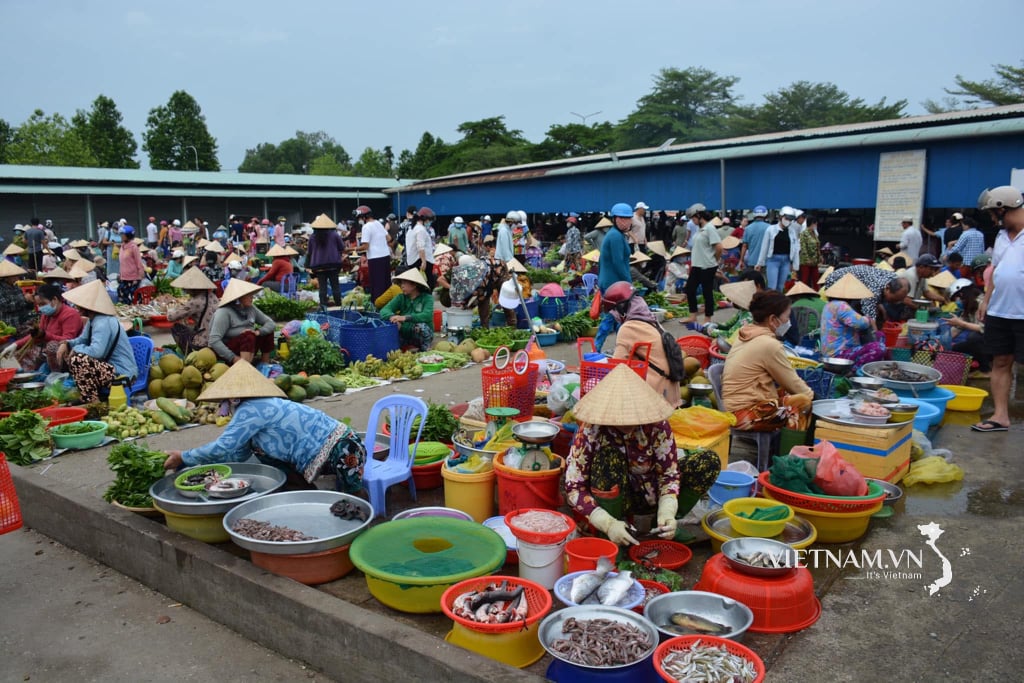


Comment (0)